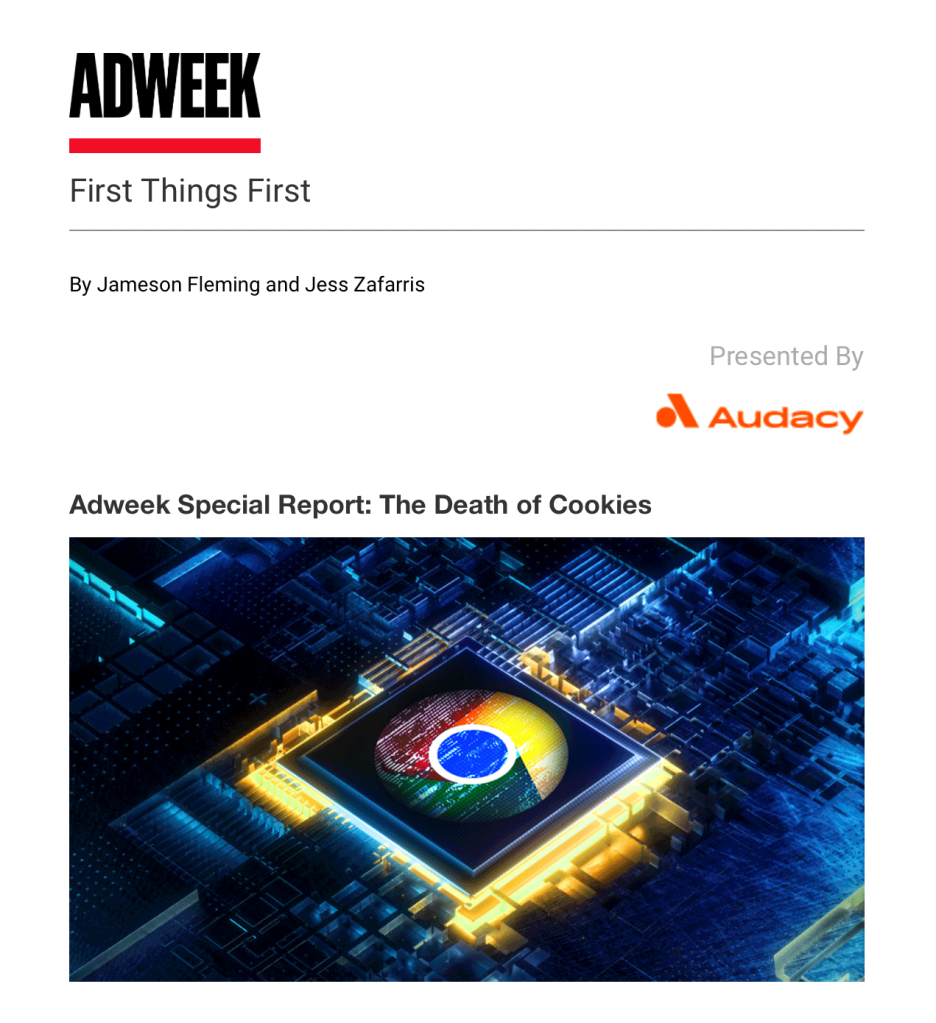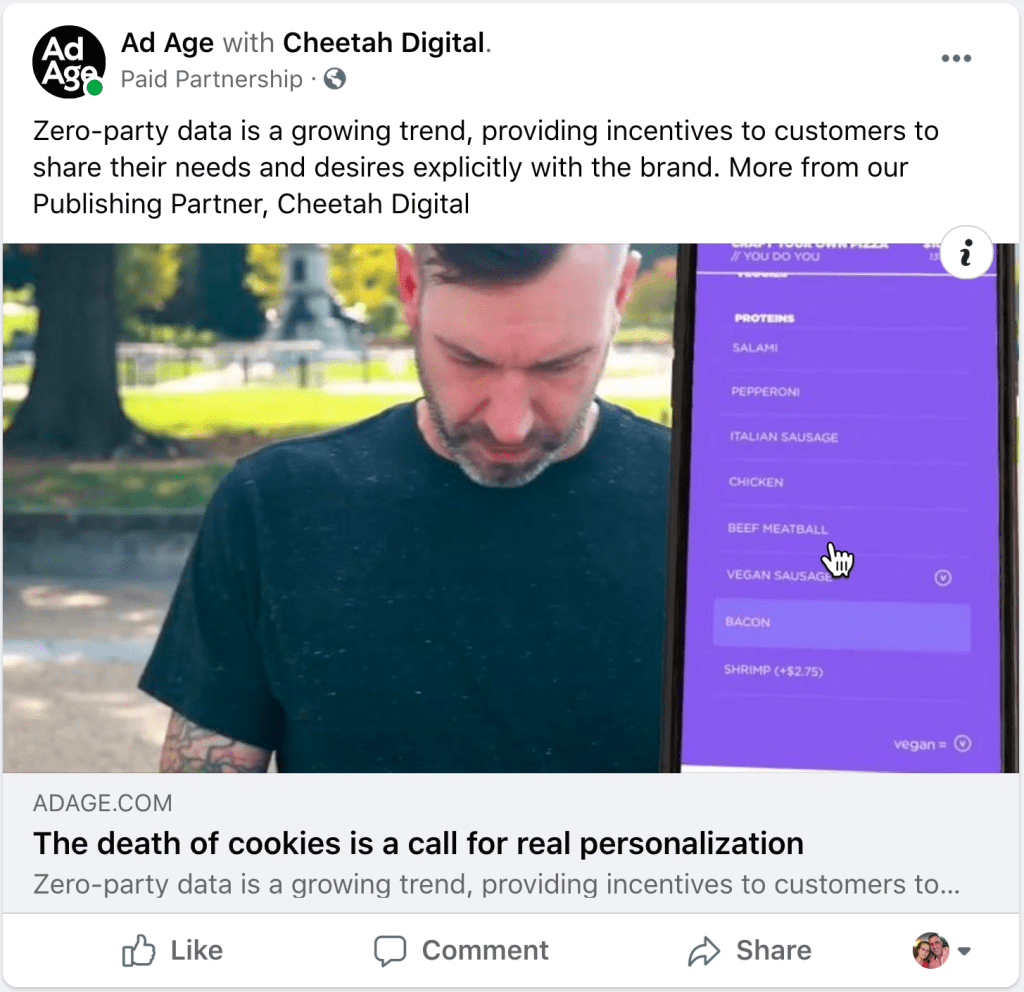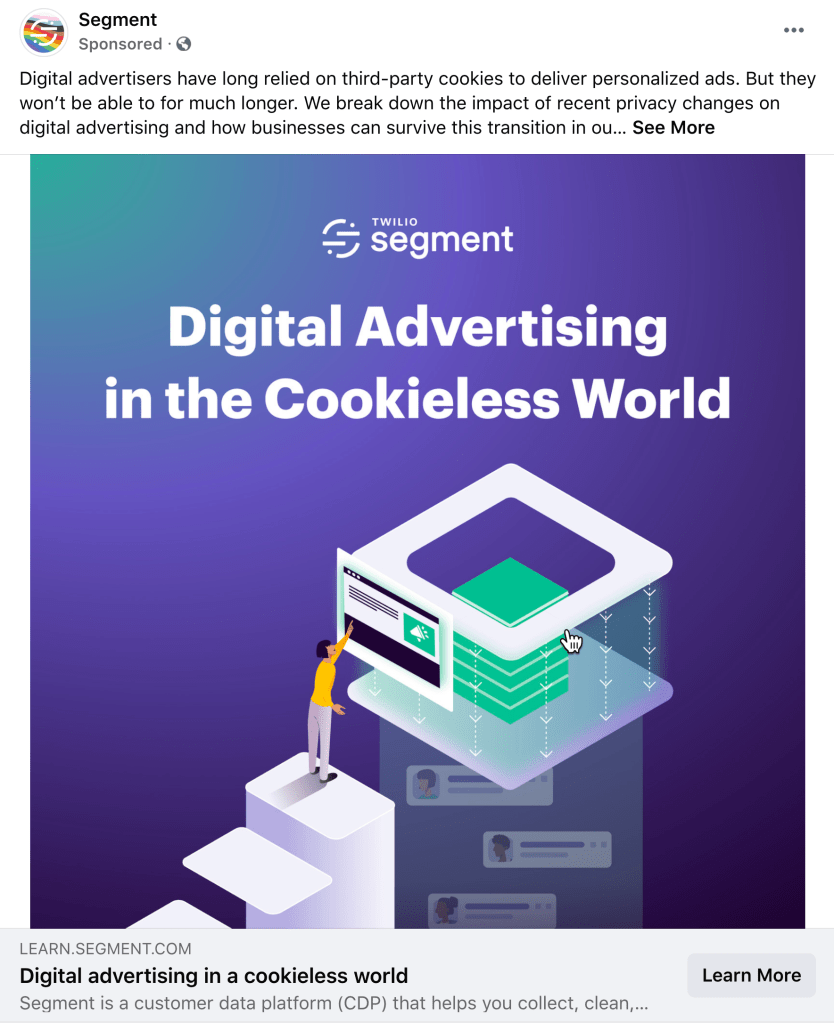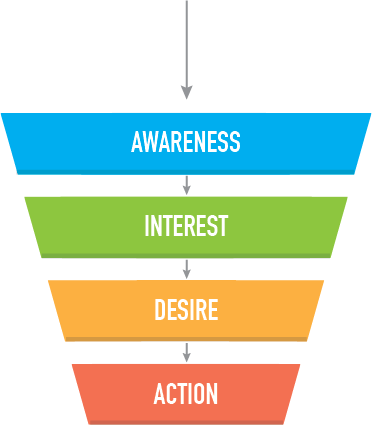Stop me if you’ve heard this one before. You go to a retail store. Let’s call it Guitar Center. You’re looking for a new gig bag for your Fender bass, because your old one has seen one too many gigs and had one too many beers spilled on it. (Okay, maybe you were also hoping to find a MusicMan four-string with the maple neck and dual soapbar humbuckers…sigh.)
You walk in – on a Monday morning at 10:30 where you’re maybe the ONLY customer – and browse the bags. Two are on display. One cheapy-thingy on sale for $49.99, and one demonstrably superior name-brand bag with lots of padding, secret pockets and the extra thick handle. No price on that one. Hmmm. Maybe someone will come by and help. You’ll look around and do that neck-and-eyebrow-raise thing, so someone will know you need help. After five to seven minutes of being ignored, you’ll walk out. Your first and sadly, only, thought is “I’ll just get it on Amazon.”

Think of your own recent experiences in big- and medium-box retail stores. How many of us have gone to a store in the hopes of finding that “perfect” item only to find that it isn’t on the shelf, or isn’t available in the correct size? We’ve even gone to the store in the hopes of finding something we weren’t expecting and being pleasantly surprised, just because we were in the “shopping” mood. We’ve all done it. That’s one of the real allures of brick and mortar retail. But very often, those hopes are dashed by any number of obstacles: traffic, a messy store, lack of trained sales or service professionals, and of course the old standby: the in-stock conundrum.
On its own merits, the brick and mortar interaction provides a unique personal experience (and the associated dopamine rush) of acquiring something you want or just found out you want immediately. That’s the buzz of retail: “I will walk out of this store and have this thing that I want. Right. Friggin. Now.” Pretty nifty. And it has served retailers well for more than a century in our modern economy. Cue the trendy décor, the zippy displays, the music playing, yada, yada, yada.
But one of the many issues that retail now faces – an issue it has been avoiding the last decade and a half – is competition. Not competition from like purveyors, that’s always been there. But a more intellectual, conceptual competition, from a now-proven and alternative option of almost-real-time satisfaction of needs, but with greater/broader filter-able choice, and often at a similar or sometimes lower price point. And in consumer consciousness, choice is a mammoth motivator. Online shopping has removed borders, opened up consumers to entire lines of inventory, and added convenience across every possible variable.
This competition has come into sharp focus because consumers are also smarter now than they’ve ever been. Not necessarily on an IQ level, but on an informational level. We know that there are more than two colors of that dress we saw in Zara. We know that there is more than one charging base option for that hammer drill we saw in Home Depot. (And we know that there are more than two kinds of bass guitar gig bags, and that they should have a price tag on them! Ahem.) We KNOW, because we saw them online, when we did our pre-shopping research.
And there’s the rub. Retail offers instant gratification, yes, but at a premium, and with noticeable limitations, particularly in the amount of both inventory and information available in-store. And today almost every consumer experience, in almost every category, starts with an online search.
In order to survive and even thrive, retail has to now compete the way any brand category competes against direct and indirect competition: by outlining and exploiting a discernible difference, and then promoting an entirely different kind of experience. (In a manner similar to how cruise ships compete against other forms of travel.)
Retail has to deep-dive into what the online channel cannot physically or intellectually deliver, put a package of features together, deliver them well and consistently, and promote the snot out of the “new” and exciting experience. Heck, they could even lobby to have JD Power or some other authority rank “best retail experience” or “best in-store vibe” as new categories, if they don’t already.
And retail is chock full of delicious experiential differences that online will never be able to deliver. Not even in a metaverse: Trying things on. The new car smell. Seeing the HD picture in person. Playing the guitar for half an hour in three different amps. Hitting the new irons. Sitting on the couch.
If retail wants to survive into future decades, it’s going to have to differentiate on those attributes that online shopping simply can’t offer. We may – dare I say it? – return to a world where retail stores are wondrous destinations staffed with super-knowledgeable professionals that make the buying experience really fun and interesting…and worth “the trip.” Consumers would go for that.







